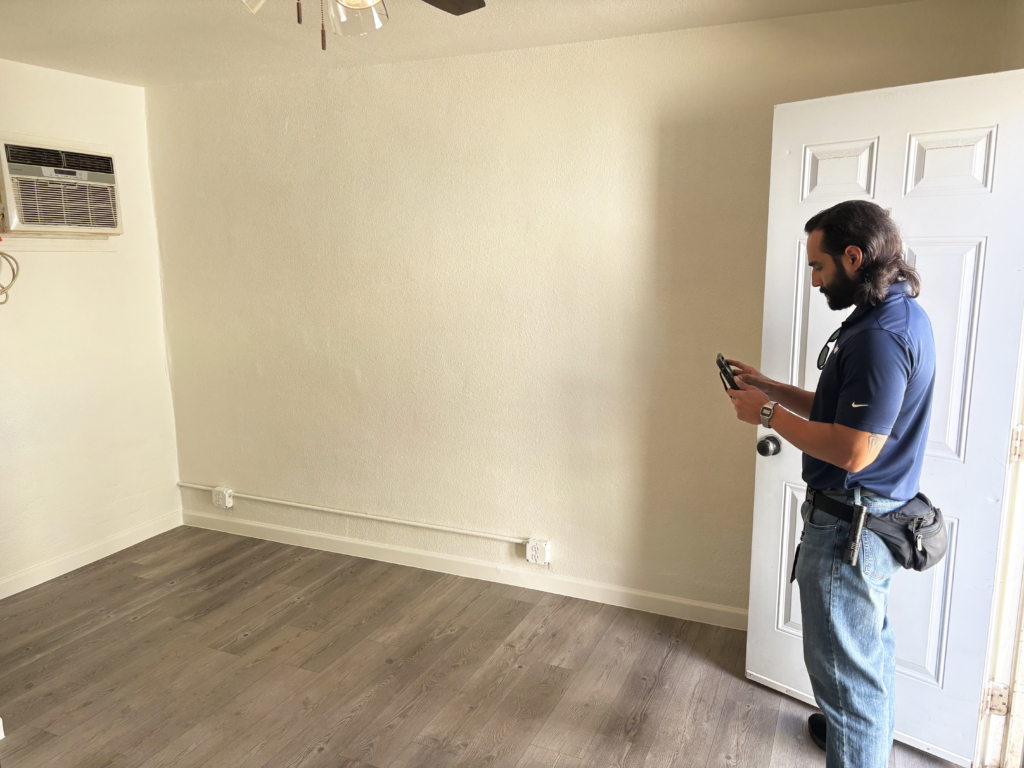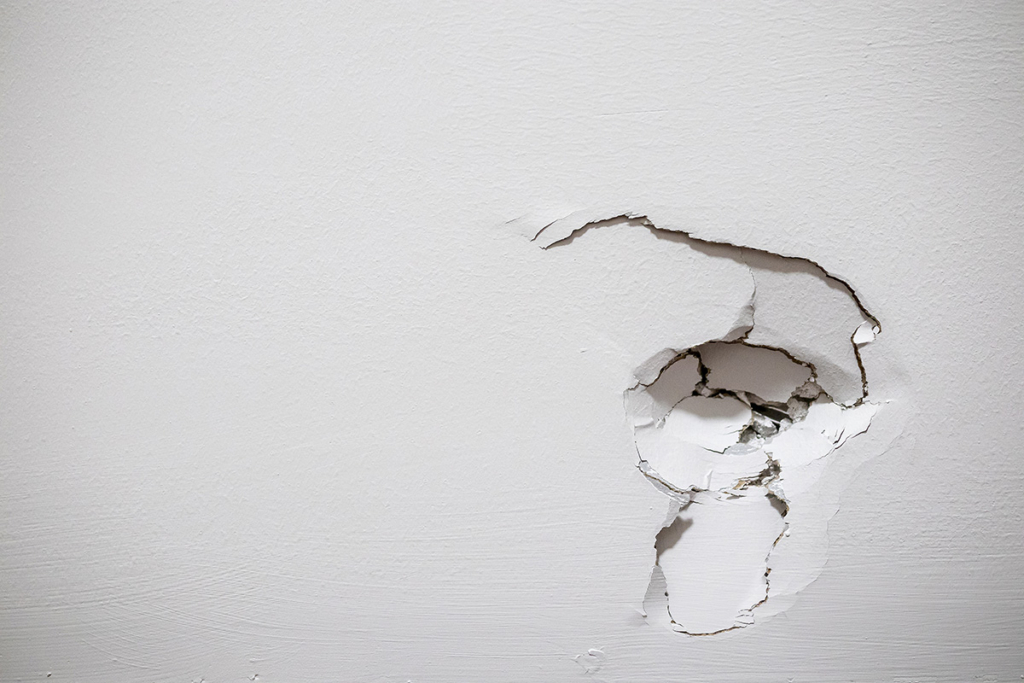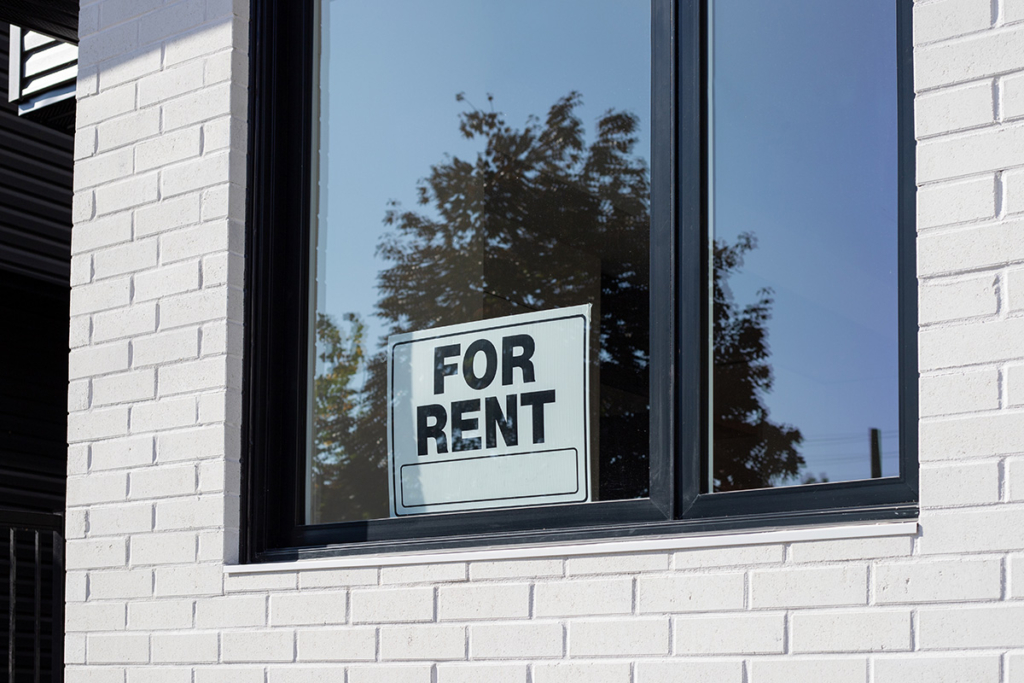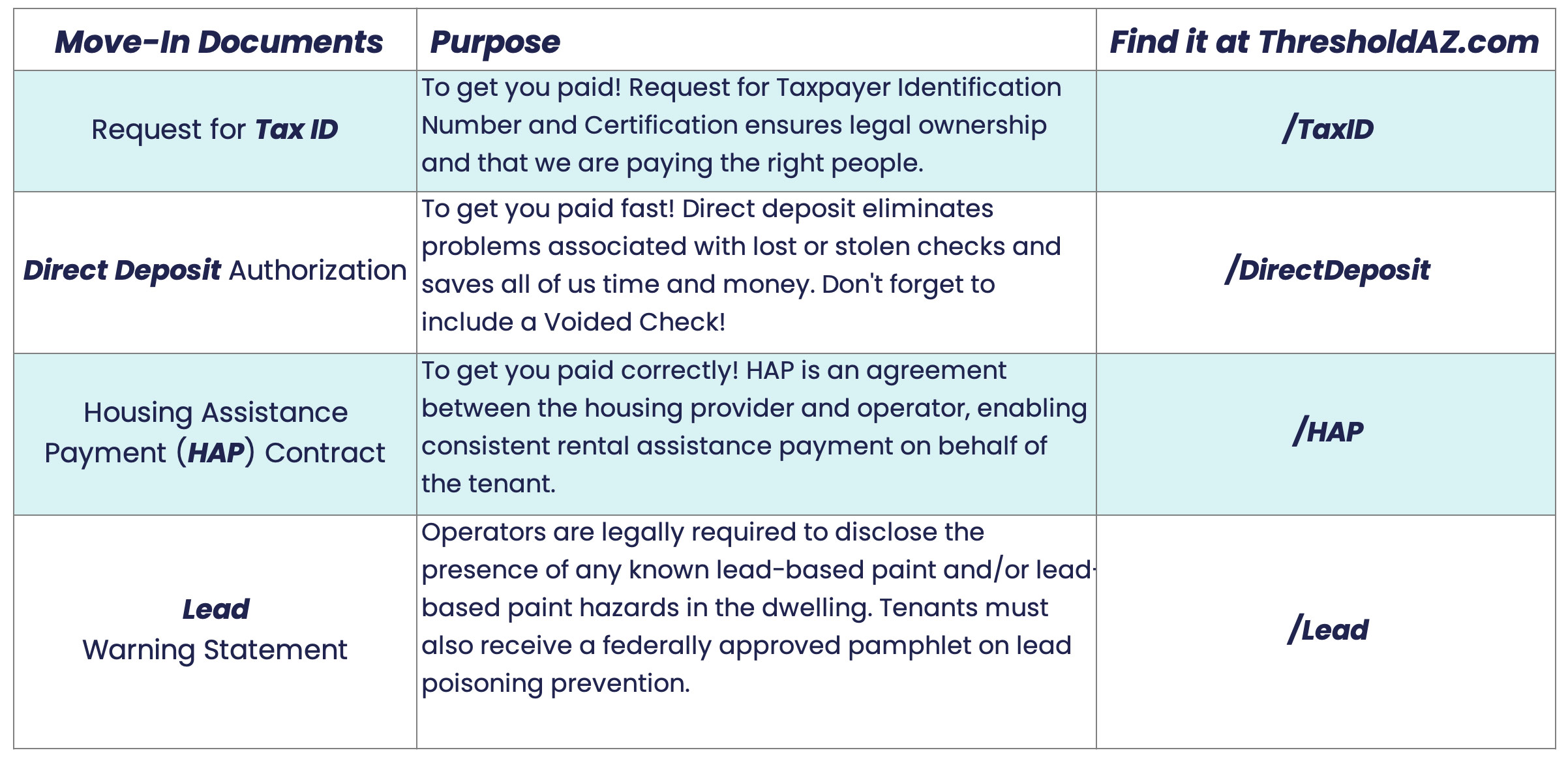At Threshold, we understand that every rental journey eventually ends — sometimes with renewal, and sometimes with a move-out. For property owners and operators, navigating the move-out process smoothly is essential to protecting your investment and planning for what's next.
The good news? Most rentals with Threshold-assisted tenants end on a positive note. Residents give proper notice, leave the unit in good condition, and both parties part ways respectfully. But in the rare instances where complications arise — such as property damage or unpaid rent — Threshold is here to support you.
As Arizona's first centralized landlord engagement program, Threshold prioritizes your needs. Our risk mitigation support and responsive team help ensure that when challenges do come up, you're not handling them alone.
What do property owners need to know about the move-out process? In this blog, we'll walk through what to expect, how to handle inspections and claims, and show how Threshold works to reduce vacancy loss and financial risk.

When tenants move out, Threshold is here to help property owners navigate the process—supporting smooth transitions, protecting your property, and stepping in when issues like damage or unpaid rent arise.
Understanding the Tenant Move-Out Process
Whether it's the natural end of a lease or a tenant relocating for new opportunities, the move-out process is a standard part of property management. When tenants move out — especially those assisted through HOM, Inc. — it's important to approach the transition methodically and with clear documentation.
Here's what to expect:
Notice and Communication
Tenants typically provide advance notice in line with their lease agreement. You'll receive communication from the tenant, their housing specialist, or your dedicated landlord support specialist. Early communication allows you to plan for turnover and prepare for the inspection phase.
Smooth Transitions Are the Norm
Most tenancies wrap up without incident. Threshold-assisted tenants often leave their units in good condition, and deposits — when applicable — help cover routine cleaning or small repairs.
When Issues Arise
In the event of damages, eviction, or rental arrears, Threshold steps in with targeted support. Our move-out process includes a formal inspection, reimbursement options, and a structured approach to protecting your bottom line.
The key to minimizing risk? Timely action and coordination with Threshold's support team.

Move-out inspections are your first line of defense—documenting unit conditions, protecting against loss, and ensuring any tenant-caused damage is properly recorded.
Scheduling and Conducting Move-Out Inspections
A critical part of the tenancy ending is the move-out inspection. The inspection documents the condition of the unit after the tenant vacates and is essential for determining whether any damages occurred beyond normal wear and tear.
Property owners or operators must request a move-out inspection within two business days of regaining possession of the unit.
The tenant's housing specialist, the Inspections Department, or your Threshold landlord support specialist can make this request.
We won't conduct a physical move-out inspection in two cases:
- If a tenant passes away in the unit
- If the unit is infested with bed bugs
You can still submit a damage claim in these situations, but you must include photos as supporting evidence.
The Purpose of the Move-Out Inspection
HOM's inspections team or the relevant service provider will coordinate and conduct the move-out inspection. During this process, the inspector will:
- Take high-quality photographs
- Complete a standardized move-out inspection Housing Quality Standard (HQS) form
- Identify any tenant-caused damages
Thorough, professional documentation ensures a smooth reimbursement process if a damage claim is necessary. Skipping or delaying this inspection can jeopardize your ability to access risk mitigation funds.
This phase of the move-out process is more than just a walkthrough — it's your first line of defense in protecting your property and receiving compensation for verified losses.
Move-Out vs. Move-In Inspections
While the move-out inspection is an essential part of the move-out process, it's important to understand that it serves a very different purpose than the move-in inspection.
Move-Out Inspection
This inspection occurs after the tenant vacates the unit and is primarily used to determine whether the tenant is responsible for any damages beyond normal wear and tear. It's not meant to be a punch list for general maintenance or upgrades. Property owners should not use the move-out inspection to outline improvements they'd like to make before the next renter moves in — it's strictly about assessing tenant liability. Any standard upkeep or cosmetic updates fall to the owner as part of normal property maintenance.
Move-In Inspection
On the other hand, when a new tenant is moving in — especially one referred through Threshold — a detailed move-in inspection must be completed no more than two weeks prior to occupancy. This inspection is much more comprehensive. It covers everything from safety checks to ensure all appliances, outlets, heating/cooling and plumbing are functioning correctly.
To make this process easier, we include an HQS Tip Sheet in our Landlord Packet. This resource is designed to help property owners identify and correct common issues before the official inspection takes place — helping avoid delays and ensuring a smooth leasing experience.
Want to learn more about what to expect during a move-in inspection? Check out our full guide here: 👉 HQS Inspections blog
Understanding the difference between these two inspections is key to navigating the move-out process and preparing successfully for your next tenancy.

Found damage after a tenant moves out? Threshold's Risk Mitigation Fund helps cover costs like repairs, cleaning, and lost rent — just submit your claim within 30 days to protect your bottom line.
Filing a Damage Claim
If the move-out inspection reveals damage caused by the tenant beyond normal wear and tear, you may qualify for reimbursement through Threshold's Risk Mitigation Fund. This is a valuable resource designed specifically to reduce your financial exposure when renting to Threshold-assisted tenants.
Here's how to navigate the damage claim process:
Time-Sensitive Submission
You must submit a completed Damage Claim and Vacancy Loss Worksheet within 30 calendar days of the inspection. This claim should be sent to damageclaims@hominc.com
What's Covered?
Qualifying damage reimbursements include:
- Physical damage to the unit or appliances.
- Excessive cleaning needs beyond standard turnover.
- Legal fees or unpaid rent.
- Costs for replacements or repairs, reimbursed at industry standard, pro-rated rates.
Keep in mind that fires and floods are not covered under damage claims. Those should be filed with your insurance provider.
Required Documentation
To process a claim, you'll need:
- The move-out inspection report (completed by HOM or service provider).
- Photo evidence of damage.
- Copies of invoices or receipts for repairs and cleaning.
- The fully completed claim worksheet.
Reimbursement Limits
Property owners can be reimbursed up to one month's contract rent for verified move-out charges. This is in addition to any refundable security deposit that may have been collected at lease signing.
By documenting everything thoroughly and submitting claims on time, you can protect your property — and your peace of mind. Threshold is here to guide you through this part of the move-out process, every step of the way.

Vacancy loss coverage helps fill the gap when a tenant moves out unexpectedly — giving you financial peace of mind while you prepare for your next lease.
Vacancy Loss Coverage
If a tenant moves out unexpectedly, there can be a delay before the next lease begins. That's where Threshold's vacancy loss coverage steps in, providing a financial buffer during this transition.
As part of the broader move-out process, vacancy loss coverage can help you avoid prolonged gaps in rental income:
Coverage Details
You may receive reimbursement for up to one month's contract rent, prorated based on the number of days the unit remains empty after the tenant vacates.
We do not provide vacancy loss coverage in the event of a tenant death.
How It's Calculated
Vacancy loss is paid from the first day of the month following the move-out until the day a new lease begins. This ensures you're not left covering those empty days on your own.
Why It Matters
This benefit gives property owners more flexibility and confidence when participating in supportive housing programs. It's designed to ease the fiscal impact of any downtime that may follow the move-out process.
Threshold recognizes that every day your unit sits empty is a potential loss. That's why this part of the move-out process is just as important as inspections or claims — it keeps your rental business running smoothly.
Risk Mitigation Fund: Your Safety Net
The heart of Threshold's landlord support system is the Risk Mitigation Fund, designed to help property owners navigate the risks that can arise during and after the move-out process.
What It Covers
- Up to one month's rent for verified damages.
- Up to one month's rent for vacancy loss.
- Additional cleaning, legal fees, or rental arrears, all subject to standard industry guidelines.
How It Works
When issues arise during the move-out process — whether it's unexpected damage or longer-than-expected vacancy — you can apply for reimbursement using our streamlined process.
Confidence Through Partnership
Risk mitigation funding doesn't eliminate every risk, but it helps reduce your exposure. We still advise property owners to carry landlord insurance and require renter's insurance. With Threshold in your corner, you won't face challenges alone.
At its core, this fund empowers you to participate in housing solutions for vulnerable populations without sacrificing your bottom line. It's a win-win: for your business and your community.
When Things Go Well: Lease Renewals & Continuing Tenancy
Not every lease ends with a move-out. In fact, many Threshold-assisted tenancies turn into long-term housing success stories — with lease renewals offering stability for tenants and reliable income for property owners.
If your tenant is thriving and both parties are happy, it may be time to renew the lease instead of going through the move-out process. In that case, we've got you covered too.
👉 Check out our Lease Renewal Guide to learn how to extend a successful tenancy and keep your unit occupied by a tenant you trust.
The goal of Threshold is to foster lasting housing partnerships. Whether you're navigating the move-out process or celebrating a lease renewal, our team is here to support you every step of the way.
Contacting Threshold for Help
Whether you're in the middle of the move-out process or just preparing for a future transition, you don't have to do it alone. Threshold's team is here to assist you every step of the way — from inspections and claims to answering questions about lease terms or reimbursement eligibility.
For questions, guidance, or support at any stage of the move-out process, reach out to us directly:
- Threshold Owner Support Hotline: (602) 507-6737
- Email for Damage Claims: damageclaims@hominc.com
We're just a phone call or email away whenever you need help navigating the move-out process or have questions about your tenant's next steps.














